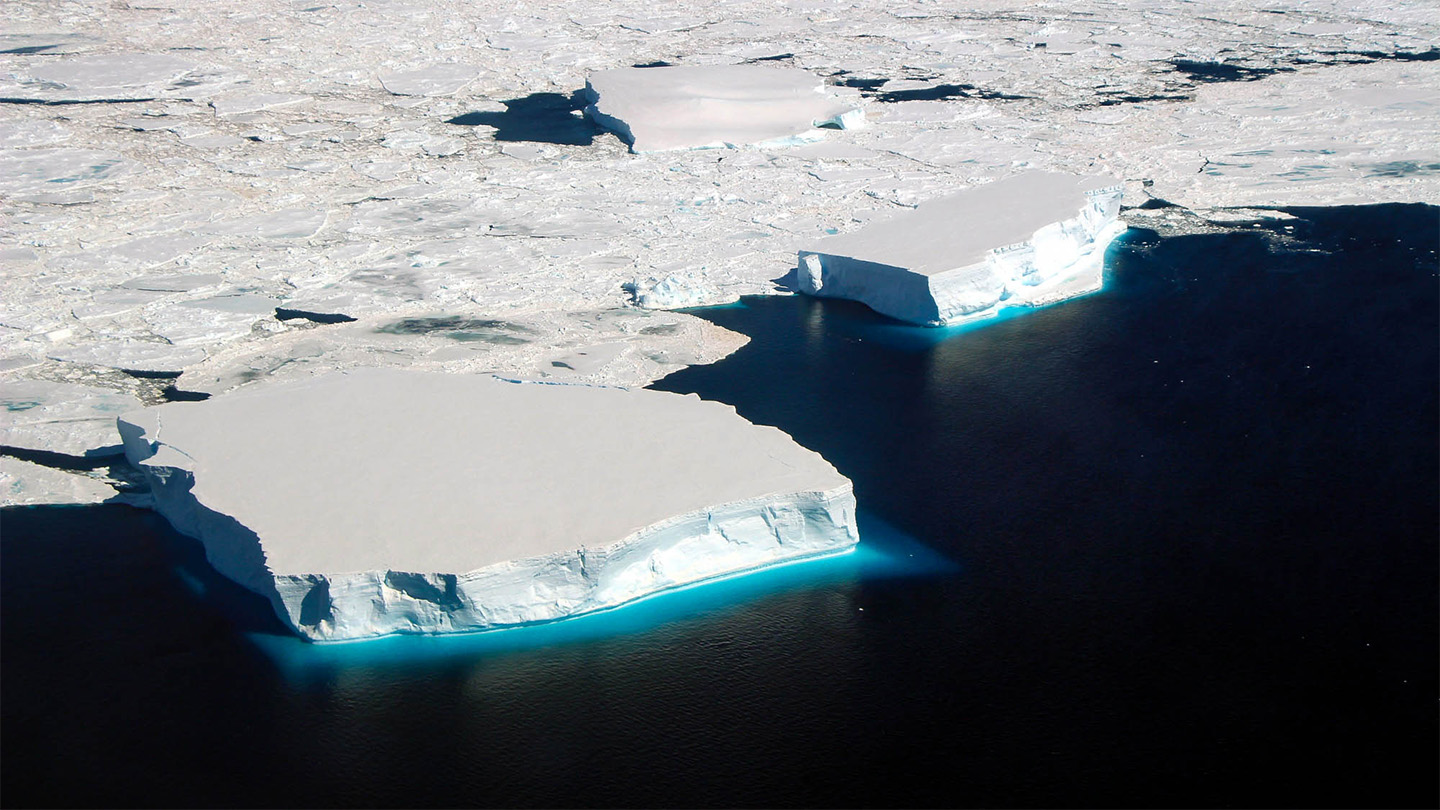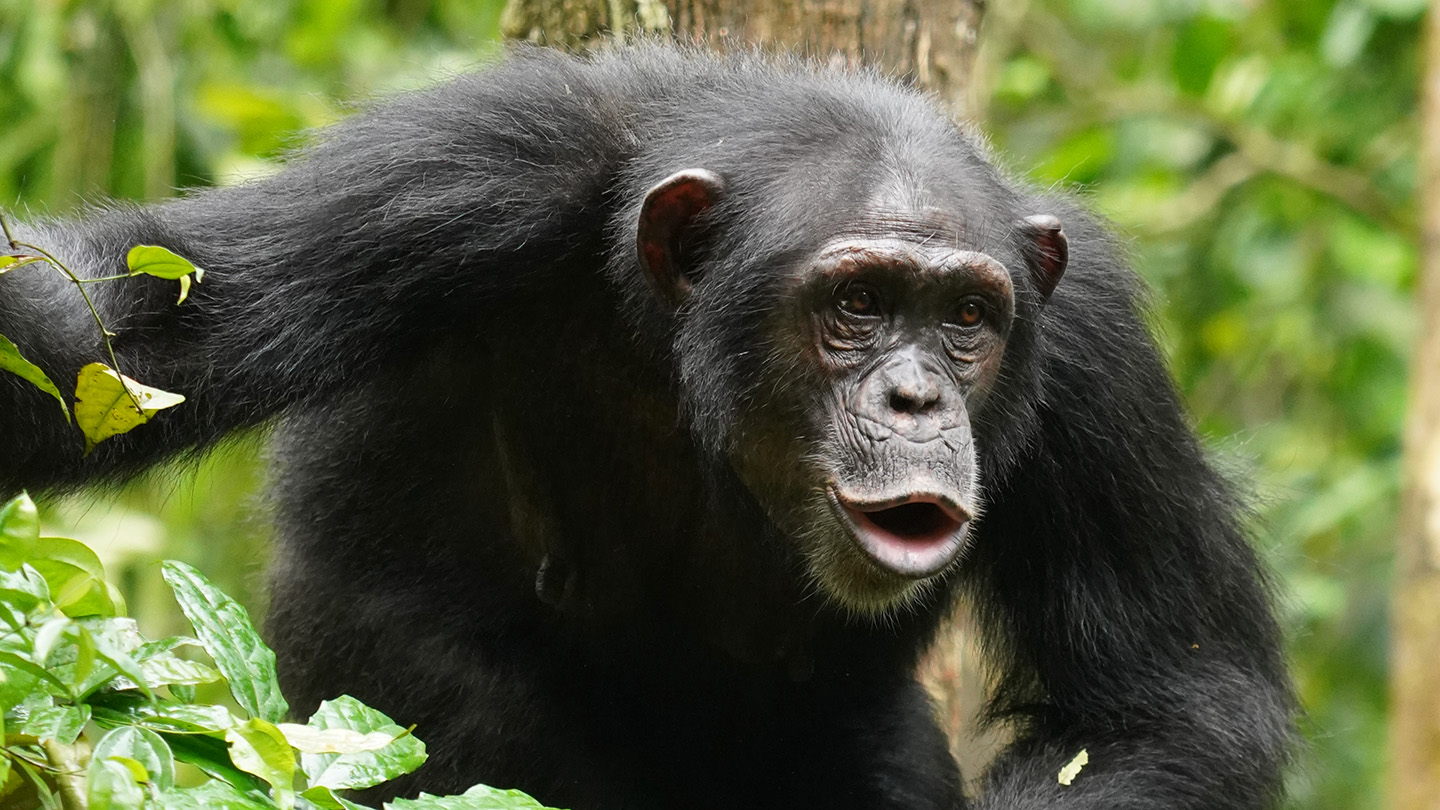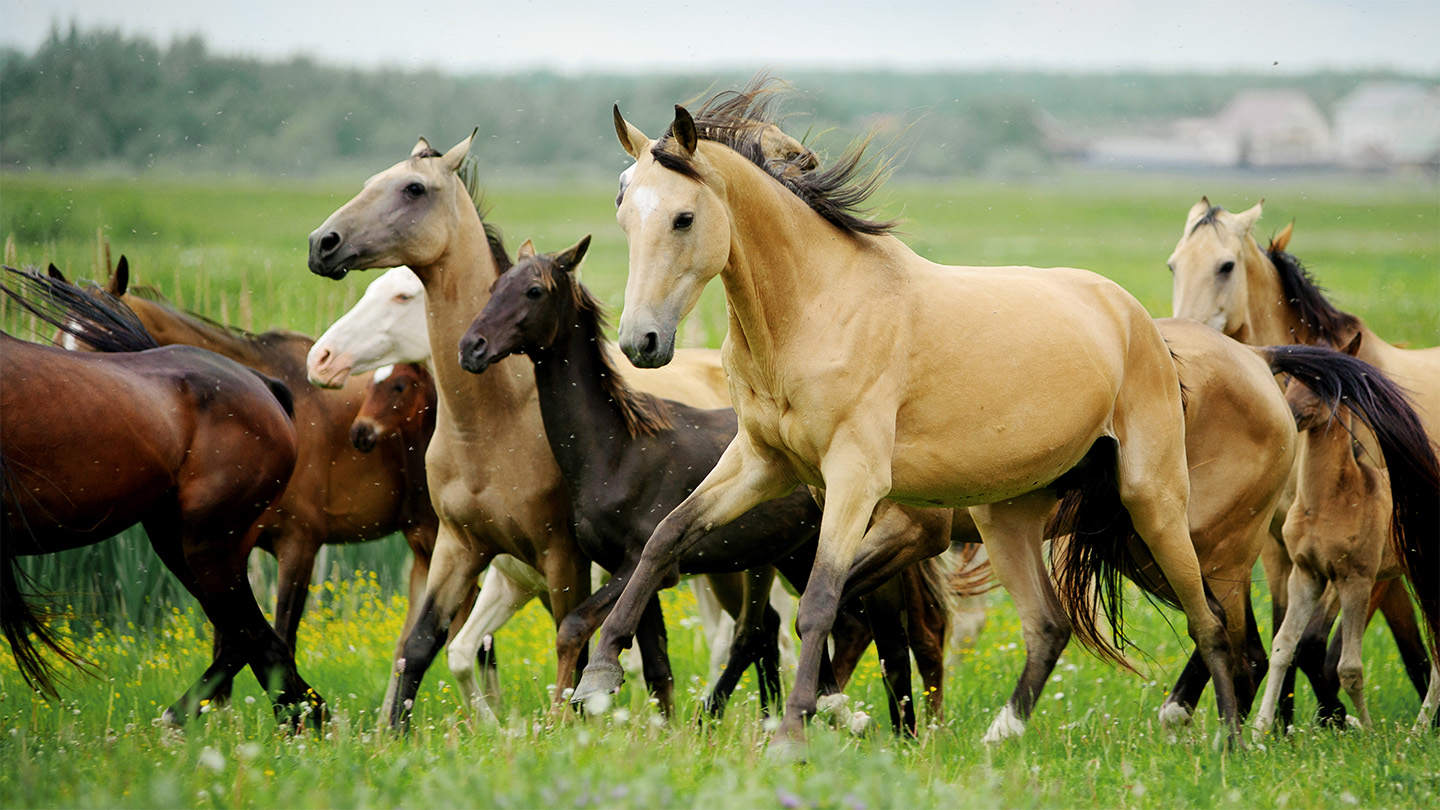Soot from forest fires in the Amazon might play a role in the melting of faraway ice in Antarctica.
For decades, scientists have known that black carbon from burning fossil fuels or forests accelerates ice melt in different parts of the world. According to remote sensing researcher Sudip Chakraborty, the slash-and-burn practices encouraged by Brazil’s former president Jair Bolsonaro, who held office from 2019 to 2023, inspired his team to investigate whether black carbon from the Amazon affected ice melt in Antarctica.
So he and his colleagues analyzed satellite data to understand the retreat of Antarctic sea ice over time — and how it varied on days with more and less soot in the atmosphere. They found that soot traveling through atmospheric corridors could have blackened Antarctic sea ice and boosted its melting, the team reported last month in Environmental Data Science.
Chakraborty studies aerosol rivers — narrow corridors in the atmosphere that flow like streams but consist mostly of small particles, including black carbon from soot. “If they can reach the Antarctic, they can deposit down and darken snow. And if snow darkens, what happens? It starts absorbing [heat],” says Chakraborty, of the University of Maryland in Baltimore. This leads to more ice melt, increasing the surface area of the relatively dark ocean, which absorbs more heat — snowballing into accelerated ice melt.
According to Brazil’s National Institute for Space Research, the Amazon region in 2019 experienced its highest rates of deforestation since 2008, with over 89,000 fire hotspots — more than 20,000 above the previous year’s total. Amazon fires are more strongly associated with deforestation and land clearing for agriculture than with droughts.
Chakraborty’s team looked at sea ice data from Antarctica’s Ross Sea, its Weddell and Bellingshausen-Amundsen regions, and the Indian and Pacific Oceans. They also obtained satellite data on atmospheric black carbon concentration, reflected sunlight, incoming solar radiation and other parameters for two six-month periods: August 2018 to February 2019 and August 2019 to February 2020. Using a machine learning algorithm that analyzes how these parameters influence one another over time, the team found a link between increased soot and sea ice loss.
In particular, the Weddell Sea saw the most sea ice loss during periods with the highest transport of black carbon compared to those with the lowest levels. In the 2019–2020 period, black carbon aerosol rivers were double those in the 2018–2019 period. At the same time, sea ice loss in the Weddell region increased from 13,000 to 33,000 square kilometers.
The proximity of the Weddell Sea to South America might explain the highest melting levels observed, Chakraborty says. However, “oceanic dynamics is so complex and less understood compared to the atmospheric one that it’s difficult to say how the proximity to South America can be responsible for Weddell sea ice melt,” Chakraborty says. Wind speeds, warm atmospheric, ocean currents and water salinity can all play a role.
The team’s findings are not an anomaly, and if carbon dioxide emissions continue, “it’s going to repeat,” says glaciologist Jefferson Cardia Simões of Brazil’s Federal University of Rio Grande do Sul, who was not involved in the study. He previously found that black carbon from forest fires and ships carrying tourists is increasing ice melt in Antarctica. The mounting evidence worries scientists, Simões says, because Antarctica is farther from pollution sources than other regions susceptible to ice melt, such as the Arctic and the Himalayas.
So the scientific community is sounding the alarm. “Sea ice melting itself doesn’t raise sea levels,” Chakraborty says. “But it acts as a protective blanket over land ice. If you remove that blanket, land ice melts faster — and that does raise sea levels.”
Still, Simões thinks it is too early to definitively link soot deposition from the Amazon and sea ice melt in Antarctica.
Glaciologist William Colgan agrees, though he notes the idea makes sense given that wind currents from the Amazon cross over Antarctica. The soot that Chakraborty’s team saw could not have come from Australia (which had record fires in late 2019), because its winds travel mostly east, says Colgan, of the Geological Survey of Denmark and Greenland in Copenhagen.
But the study lacks an experimental “smoking gun,” Colgan says. He’d like to see measurements of black carbon levels in Antarctica over multiple years and chemical analyses confirming the Amazon as the source of the elevated levels of carbon. It is hard to talk of year-to-year changes in sea ice decline, he says, “when only two years are being analyzed.”










